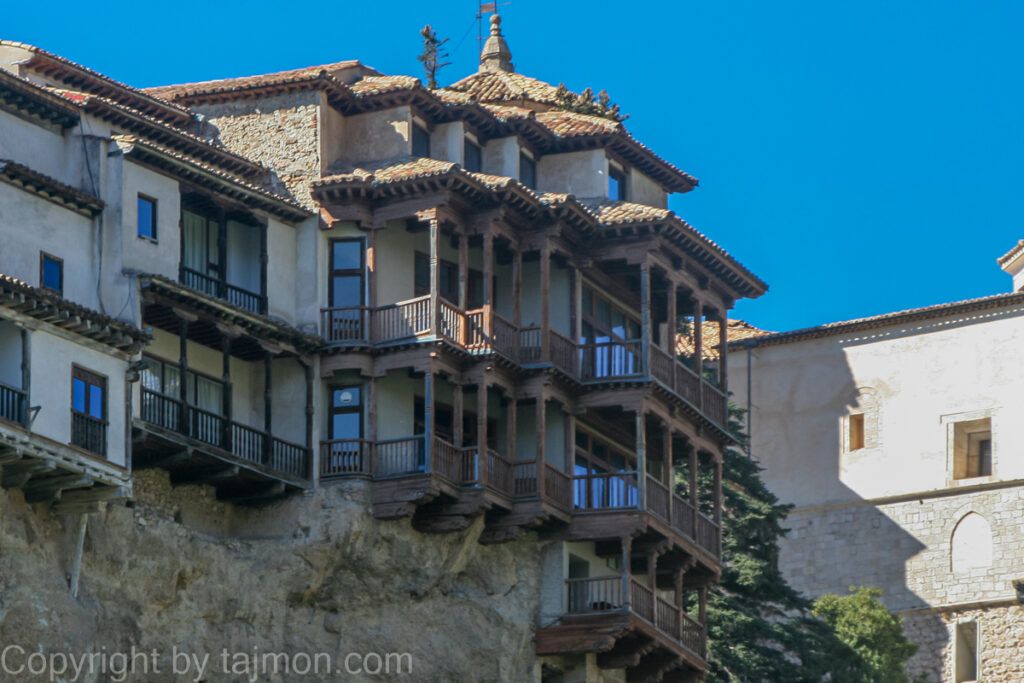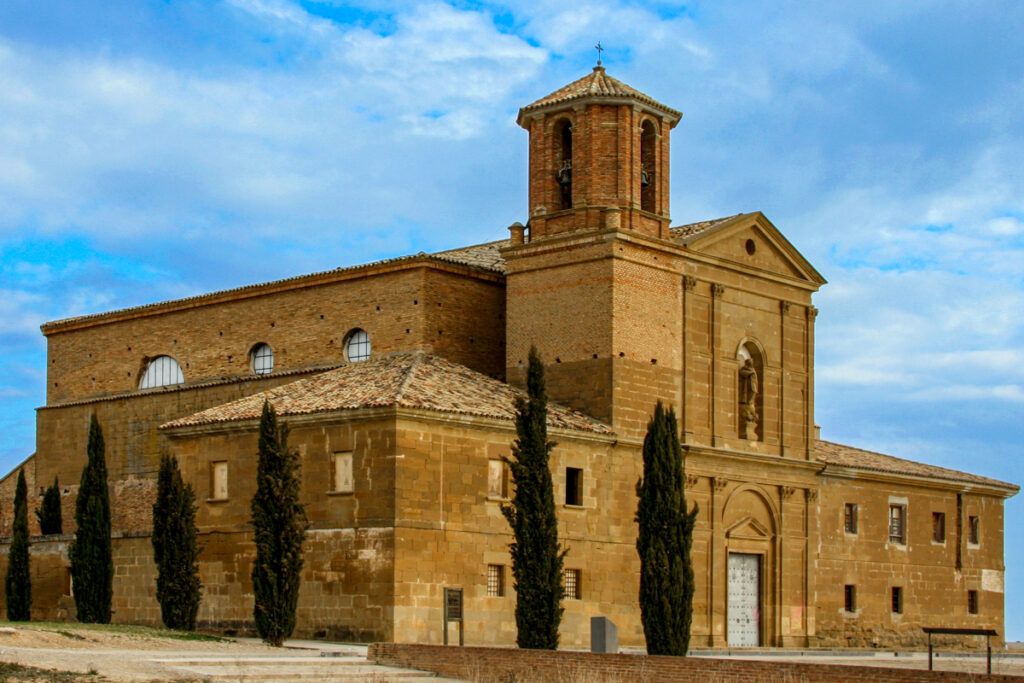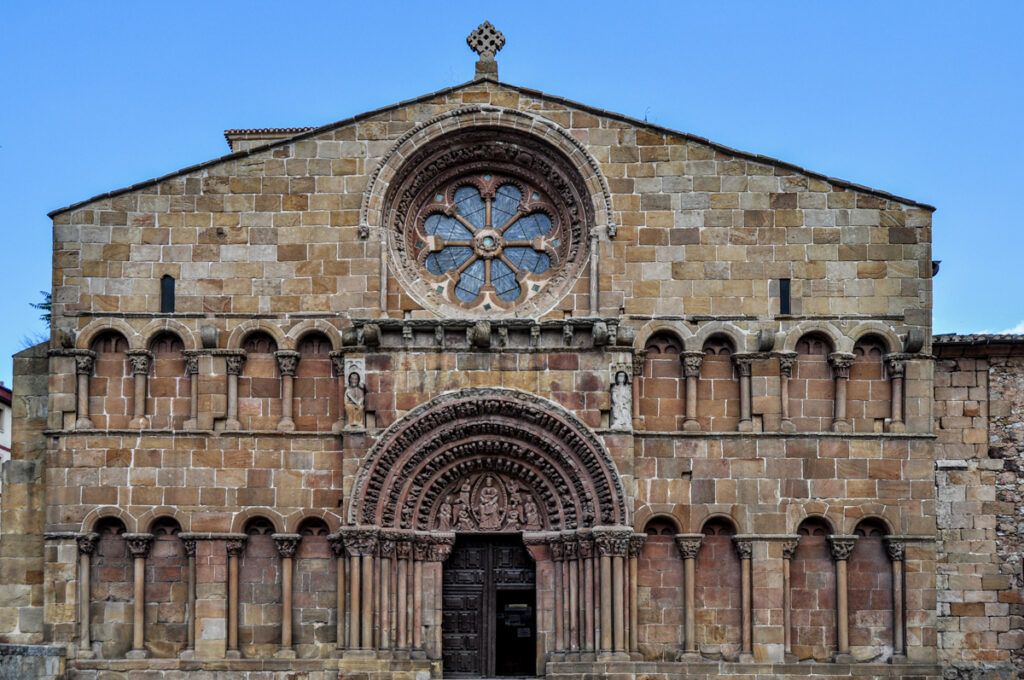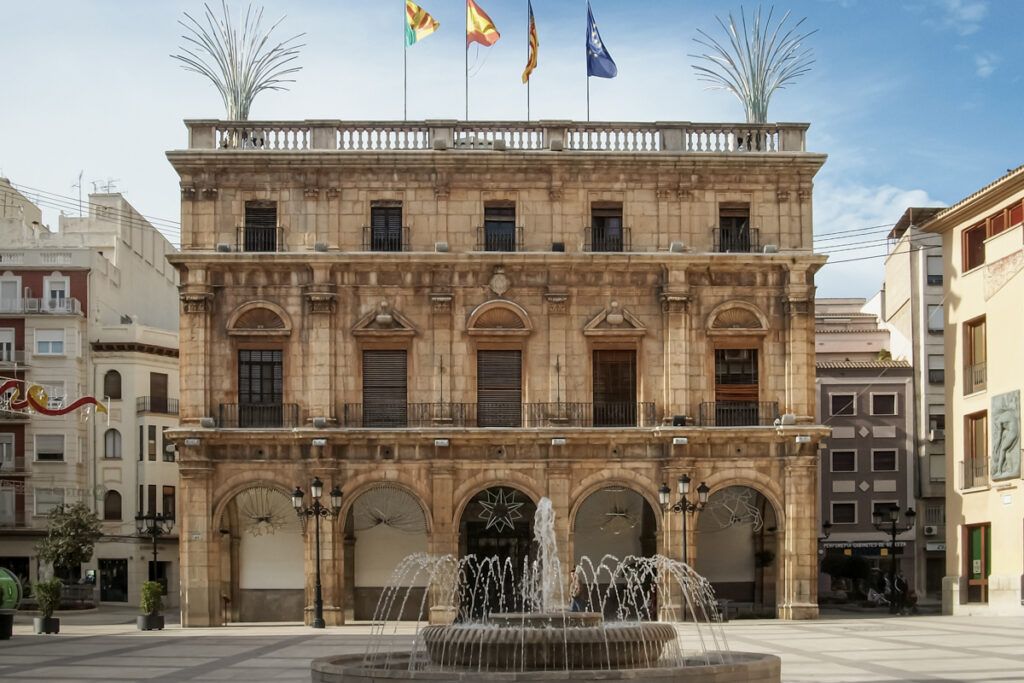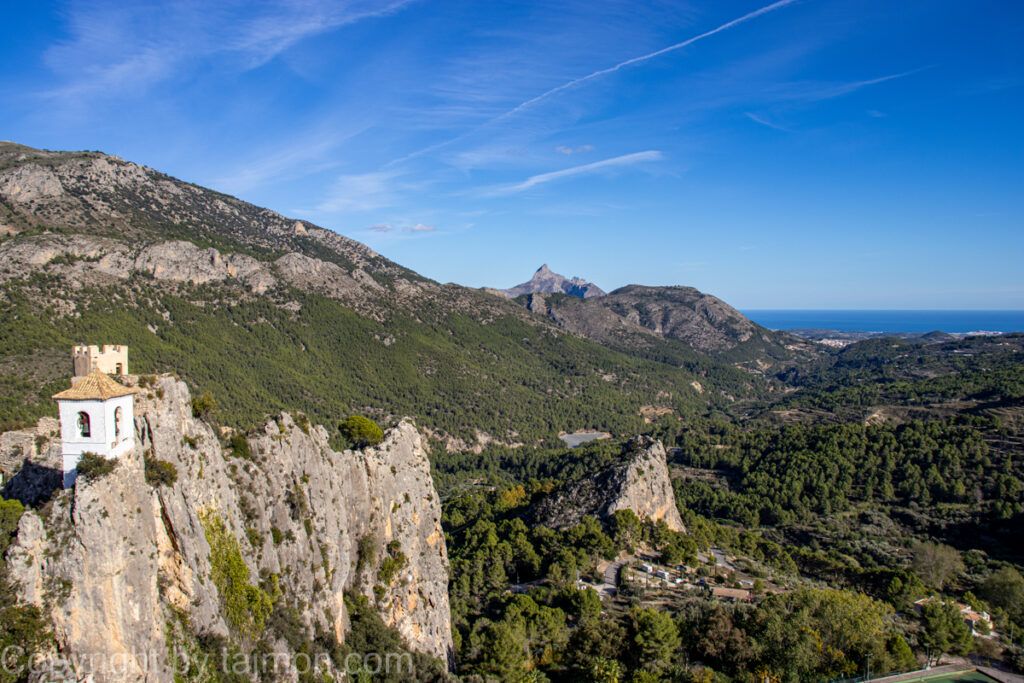A Brief History of Cuenca
Cuenca is a city with a rich and fascinating history, dating back to Roman times. The first traces of settlement in this area date from the 2nd century BC, when the Romans founded a city called Conca. The city was an important point on the trade and military route, connecting Carthage with Saragossa. In the 3rd century AD, the city was destroyed by the invasion of the Visigoths, and then by the Arabs, who conquered the Iberian Peninsula in the 8th century.
The Arabs built a powerful fortress on the hill above the rivers Júcar and Huécar, called Kunka, which was part of the defensive system of the Emirate of Cordoba. The fortress was surrounded by a wall more than 1 km long, and inside it there were palaces, mosques, baths and markets. The Arabs also developed agriculture and crafts, taking advantage of the natural wealth of the region. In the 9th century, the city became the seat of an independent emirate, which was however subordinated by the Almoravids in the 11th century.
In the 12th century, the reconquest began, that is, the Christian recovery of the lands occupied by the Muslims. In 1177, King Alfonso VIII of Castile conquered Cuenca after a long and bloody siege, which ended with the massacre of the inhabitants. The king made Cuenca a bishopric and granted the city numerous privileges and fueros, that is, municipal rights. The city began to revive and develop under the influence of Christian culture, as well as the influx of population from other parts of Spain and Europe. In the 13th century, Cuenca became one of the most important cities of Castile, and in the 14th century it had more than 10,000 inhabitants.
In the 15th and 16th centuries, Cuenca experienced its golden age, being a center of trade, crafts and culture. At that time, many historic buildings were built, such as the cathedral, the bridge of St. Paul, the Manganese tower, the church of San Pedro or the Hanging Houses. The city was also famous for its production of textiles and ceramics, as well as its artistic and literary activity. In Cuenca was born and worked, among others, the poet and playwright Juan del Encina, one of the precursors of Spanish theater.
In the 17th and 18th centuries, Cuenca began to decline due to the economic crisis, wars and plagues. The city lost its importance and population, and its development was halted. In the 19th century, Cuenca was a place of battles and destruction during the war of independence against Napoleon, the Carlist wars and the civil war. Only in the 20th century, the city began to rebuild and modernize, thanks to the development of communication, industry and tourism.
In 1996, the historic center of Cuenca was inscribed on the UNESCO World Heritage List, as a unique example of a harmonious combination of architecture and landscape. The city also became an important center of contemporary art, thanks to the activity of the Museum of Abstract Art and the Antonio Pérez Foundation. Currently, Cuenca is a lively and attractive city, which has preserved its charm and identity, while being open to the world and to the future.
